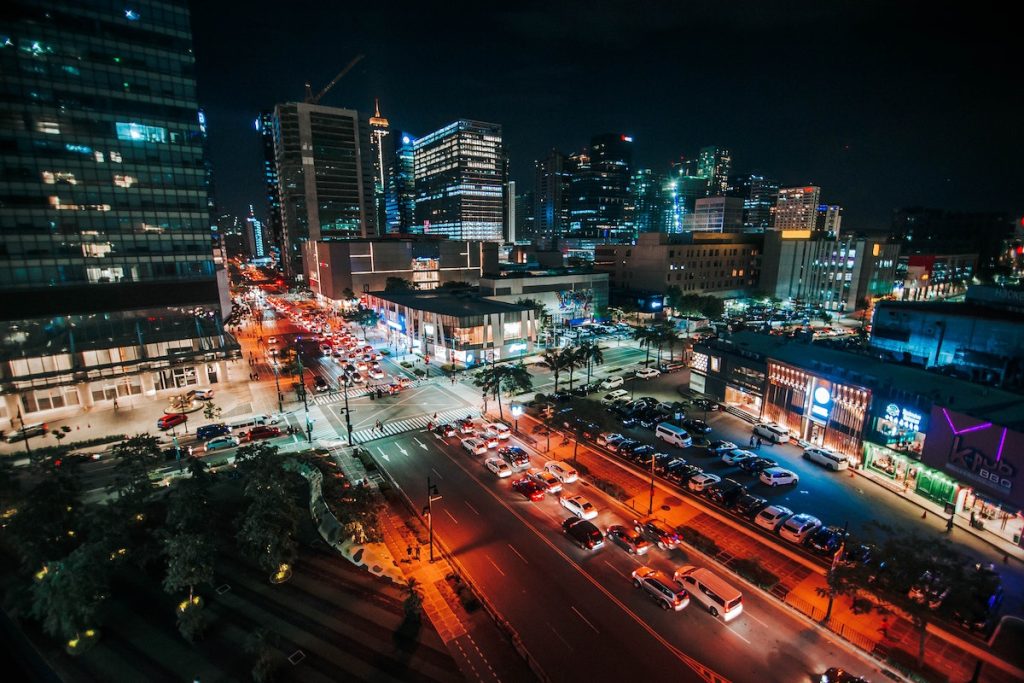- Singapore’s public transport efficiency stems from effective planning, infrastructure investments, and a strong leadership focus.
- Integrated ticketing, mobile applications, and real-time information dissemination streamline commuting and provide useful data.
- Intelligent Transport Systems and effective traffic management enhance public transportation and business productivity.
- Collaboration with the private sector, including technology investments and sustainable solutions, contributes to system efficiency and environmental sustainability.
- Continued investment and enhancement are crucial for maintaining an efficient transport network.
Singapore has long been known for its high-quality public transportation system. However, with the rapid growth and development of the city, ensuring the system runs smoothly and efficiently is crucial.
This post will explore Singapore’s measures to ensure the efficiency of its public transportation system and the benefits these measures have had for local businesses and communities.

Comprehensive Planning and Infrastructure Investment
Singapore’s government has proactively planned and invested in public transportation infrastructure. This involves extensive research to determine the transport needs of various areas and the implementation of appropriate modes and routes of transport. Investments in infrastructure have included a network of underground MRT (Mass Rapid Transit) lines and an extensive bus network. Additionally, Singapore has built a comprehensive network of bicycle paths and footpaths, encouraging eco-friendly modes of transport such as cycling and walking.
Leadership Focus
Leadership focus plays a critical role in comprehensive planning and infrastructure investment. Notably, the leadership in Singapore has shown a clear commitment to enhancing public transportation. They have laid out ambitious plans, dedicated significant resources, and established clear targets to improve system efficiency. This leadership focus has been fundamental in driving long-term planning and strategic initiatives, ensuring consistency and alignment with national objectives.
Moreover, the leadership’s proactive approach to adopting innovative technology solutions and exploring public-private collaborations has been key in shaping an agile, robust, and responsive public transport infrastructure. Ultimately, the leadership’s commitment to investing in and continually enhancing the public transport system has significantly contributed to Singapore’s reputation as a city with one of the most efficient transport networks globally.
Rail Transit System
Enhancing the rail transit system is critical to Singapore’s comprehensive planning and infrastructure investment. The MRT system, a popular public transportation mode in Singapore, has been consistently upgraded to cater to the increasing passenger demand.
Efforts have been made to increase the number of MRT lines and stations, ensuring more areas within the city are accessible via the rail network. Enhancing the functions of the SMRT is essential to meet passenger needs and better efficiency. To achieve these objectives, the SMRT Chairman focused on serving the nation by letting go of his previous position at Pavilion Energy. This clearly indicates the commitment and dedication towards improving the public transportation system in Singapore. An efficient and reliable rail transit system significantly reduces commuter travel time.
Integrated Ticketing System
In Singapore, commuters can easily transfer between transport modes using the EZ-Link card, which allows for contactless payment across the MRT, bus, and taxi services. This integrated ticketing system has made it easier for commuters and improved the efficiency of public transportation services by reducing the time passengers take to pay for their fares and board transport vehicles. This has reduced travel time and increased productivity for businesses and individuals alike.
Mobile Applications
The EZ-Link card system has been further enhanced with the introduction of mobile applications, allowing commuters to top-up their cards digitally and monitor their balance in real-time. This technological advancement eliminates the need for physical top-up counters or machines, significantly reducing waiting times and facilitating seamless travel. Furthermore, the integrated data collected by the EZ-Link system provides valuable insights into commuter behavior, which helps plan and optimize routes. The system’s design also embodies Singapore’s smart city vision, leveraging technology to improve the quality of life for its residents.
Real-Time Information Dissemination
Another key measure has been the provision of real-time transport information to commuters. The LTA has set up numerous information hubs across the city, which provide real-time transport information, including bus and train schedules and updates on any delays or disruptions. This helps commuters to plan their journeys and avoid overcrowded or delayed services.
Convenient Access
Additionally, this information is made available through mobile apps and websites for convenient access. Real-time information dissemination not only improves the efficiency of public transportation but also empowers commuters to make informed decisions and better manage their time.
Intelligent Transport Systems
Singapore has also been using intelligent transport systems (ITS) to improve the efficiency of its public transportation system. For example, the LTA has implemented an electronic road pricing system (ERP) that charges motorists for road use during peak hours, reducing traffic congestion and improving the flow of public transport.
Traffic Management
Additionally, ITS has enabled improved traffic management, with the LTA using data analytics to better predict and manage traffic volumes and ensure a smooth traffic flow in real-time. This not only benefits public transport but also has a positive impact on businesses by reducing delivery times and enabling efficient movement of goods.

Collaboration with Private Sector
Finally, Singapore’s public transportation system has benefited from collaborating with the private sector. Companies like ComfortDelGro, one of the largest taxi and bus operators in Singapore, have invested heavily in technology to improve their services and contribute to the system’s overall efficiency. The government has also worked closely with private companies to implement innovative solutions such as electric buses, further reducing carbon emissions and promoting sustainability.
In conclusion, the efficiency of Singapore’s public transportation system results from a combination of measures, including comprehensive planning, infrastructure investments, an integrated ticketing system, real-time information dissemination, intelligent transport systems, and collaboration with the private sector. These measures have made the system more efficient and boosted the local economy by increasing productivity for businesses and reducing travel time for individuals. As Singapore continues to grow and expand, the government must continue to invest in and enhance the efficiency of its transportation system, ensuring a convenient, sustainable, and efficient transport network for all.

